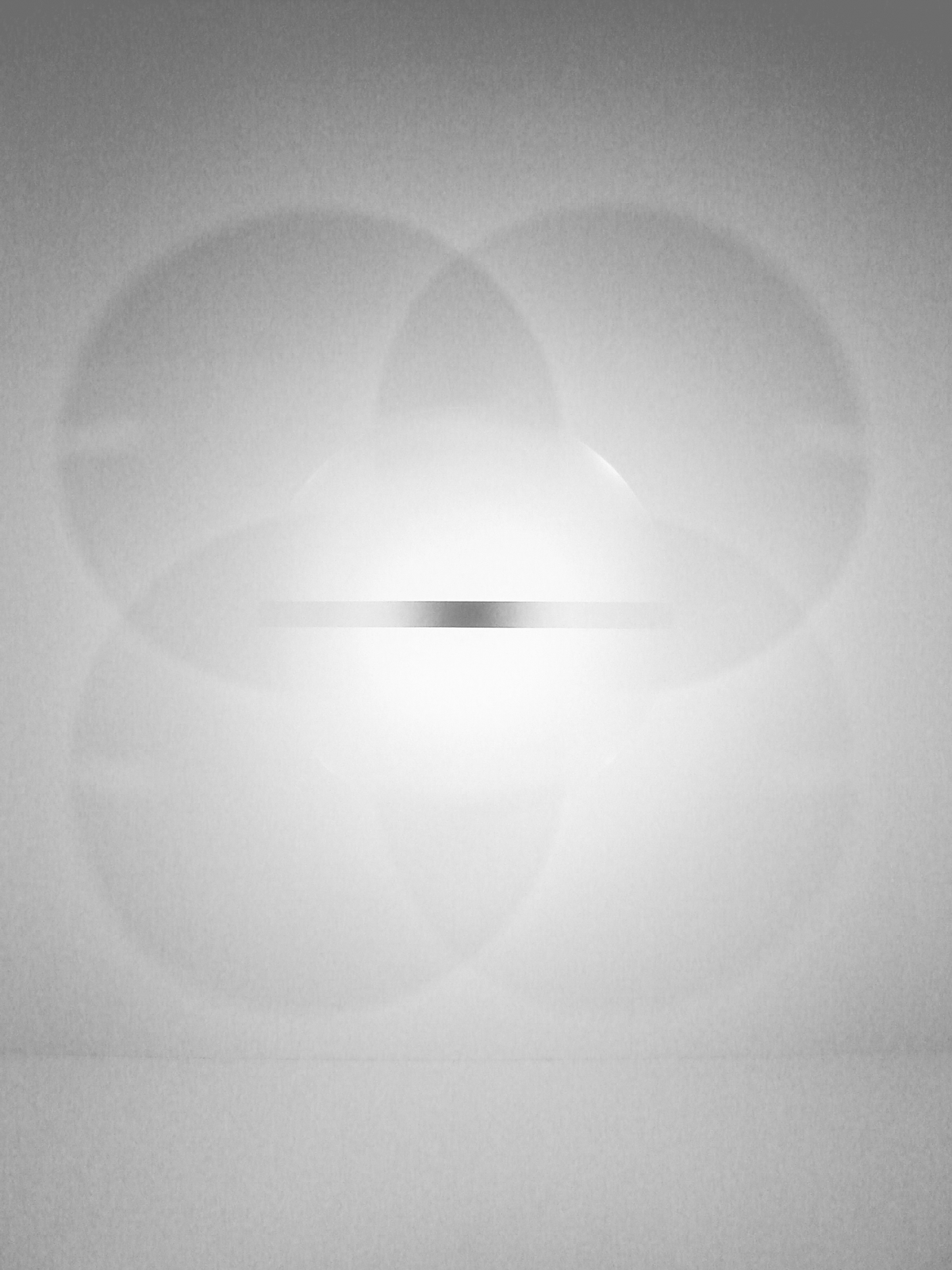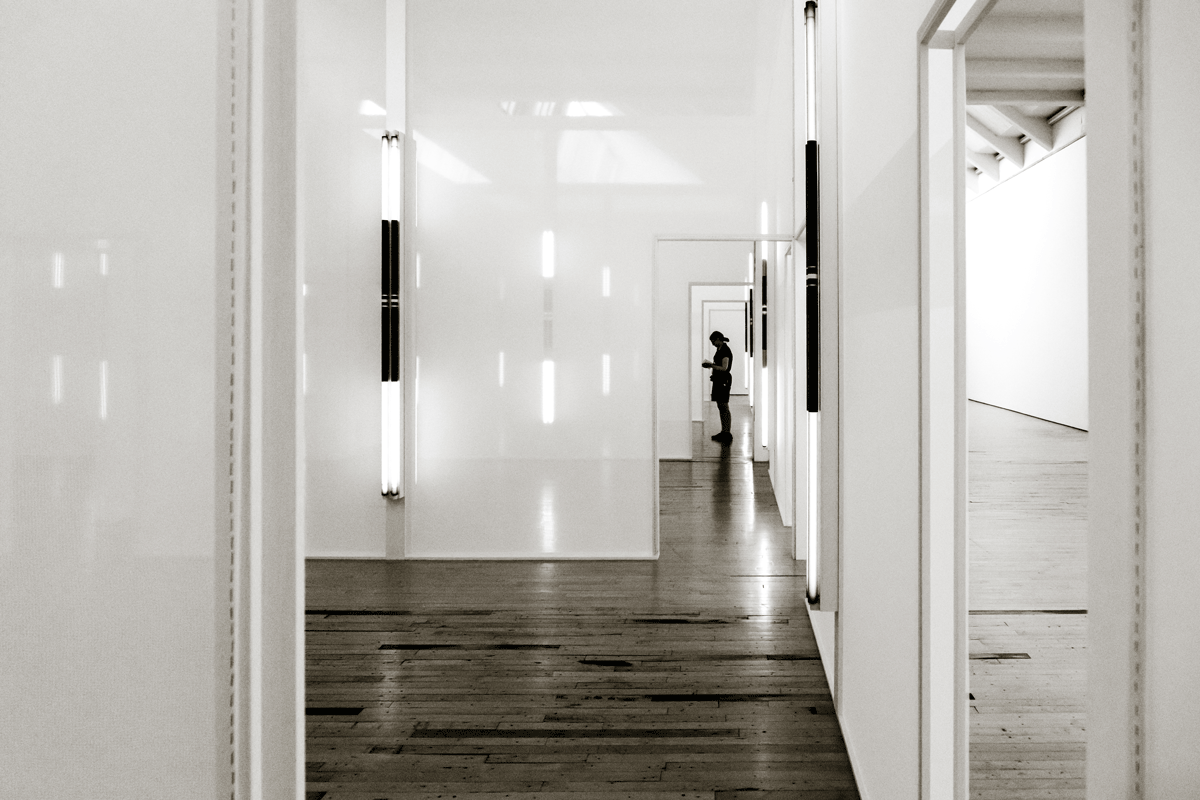The experience derived from the combination between art pieces and architecture is the subject of Robert Irwin’s explorations. Atmosphere manipulation through subtle interventions exalts the space and creates art works fit to live in.
Robert Irwin (1928) is a US-born artist and theoretician with more than 50 years of experience, who was part of the Light and Space movement, pioneer of art based on sensory perception and phenomenology. Light and Space was an artistic movement developed during the early 60’s in California, United States. The artists in it moved away from conventional plastic production (painting and sculpture) to explore the effects of the relationship between intervention, context, and the spectator. Irwin and James Turrel focused on the production of immersive installations by altering physical spaces, without emphasizing the sources of disruption.
To be an artist is not a matter of making paintings or objects at all. What we are really dealing with is our state of consciousness and the shape of our perceptions. -Robert Irwin

Robert Irwin speaks in his book Notes Toward a Conditional Art (2011) about the types of art conditioned by context, and divides them in four: site-dominant, site-adapted, site-specific, and site-determined. For the artist, the product goes hand in hand with the distinctive features of each place, like scale, illumination, and noise. His work is based on the ability of the intervention to create a response on the spectator. According to the artist, these conditions in a work produce a meeting point between art and the architectural discipline, whether urban or landscaping. Perception becomes the most important point of the work and sensory experience is considered to be the goal.
Irwin’s work is characterized by the addition of subtle elements, like sources of light, semi-transparent textile panels, and color applications, which help emphasize a specific spot within the space. His famous installation set up at the Whitney Museum of American Art, New York, is composed by a panel dividing the hall longitudinally and separating the walls by the continuity of a metal stripe. The axes dividing the room (without producing direct boundaries) create awareness about it and the game of lights, shades, and transparencies projected within the architectural space.

In Black³, the focus of the installation is not on the intersecting planes in the space, but on the interaction between them and the spectator. The sensations caused by the piece change the connectivity between the audience and their spatial interaction, becoming part of the provoked phenomenon.

Homage to the Square is an installation that pays 3-D tribute to the painting bearing the same name, by Josef Albers. The painting is an exploration of color and composition of squares, Irwin allows for experimentation of such effects by inviting the spectator to observe the series of interconnected squares.

Cover: Black³. Robert Irwin. 2008. photo: Trevor Patt


